Are you one of the household appliances industry or electronics industry? Do you have to ship cargoes such as TV, screen, refrigerator, computer and so on? Are you troubled by their complex loading requirements and also so afraid of the happening of product manage during the shipping process because usually these cargoes are expensive. Therefore, it’s gonna be a huge lost if they are damaged during the process due to insecure loading.

In the household appliances and electronics industry, cargoes are often of high value, come in a wide variety (a large amount of SKUs), and typically require palletizing before container loading. This can involve complex requirements such as mixing palletized goods with those packaged in cartons, loading containers with palletized cargoes of different sizes, and combining carton cargoes of different specifications in pallets. Some cargoes may also need to be loaded as sets either within the container or on pallets according to a specific proportion. Cargoes of the same type are often required to be grouped together, and cargoes from the same order are preferably not split across multiple containers, while cargoes from different orders are preferably not mixed within the same container.
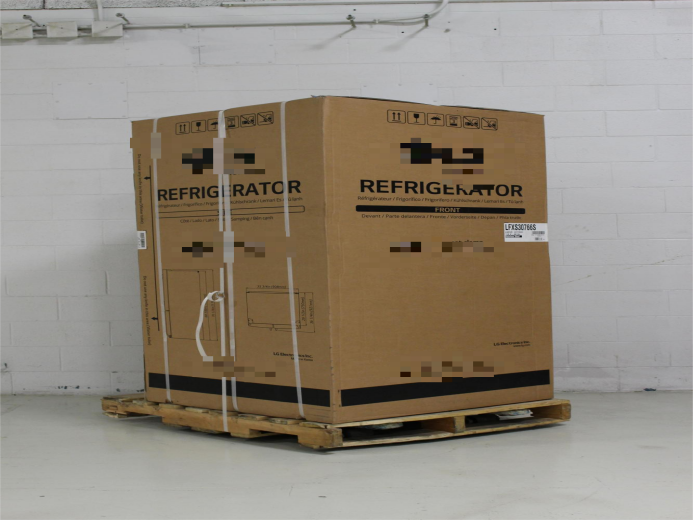
OMG!
What complicated loading requirements! It’s way too hard for a person to design a reasonable load plan that can meet all the loading requirements and at at the same time can ensure the safety and security of the cargoes.

And now here comes the life saver LoadMaster truck loading software which can not only quickly calculate an optimized load plan but also avoid product damage as much as possible. Let’s see how LoadMaster can help meet all these complicated loading requirements!
1.The need to avoid cargo damage since the products are usually high-value.
①Based on different load-bearing capacity, LoadMaster provides 6 placement methods for each item. Under different placement method, users can determine the maximum stacking layers and if other items can be placed on top of this item.
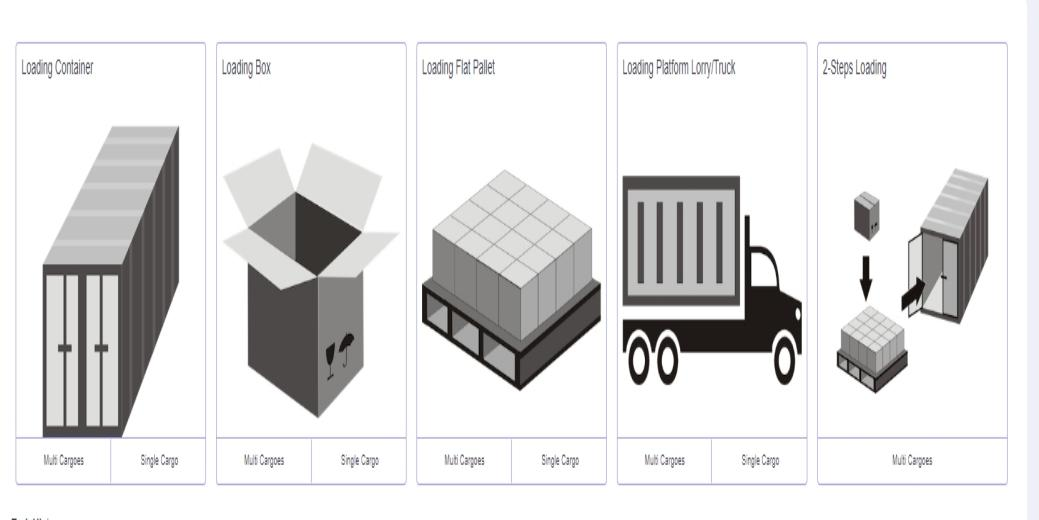
②Parameter “Stacking Orders” can be set to differentiate various items with different load-bearing capacities, defining the stacking relations of them.
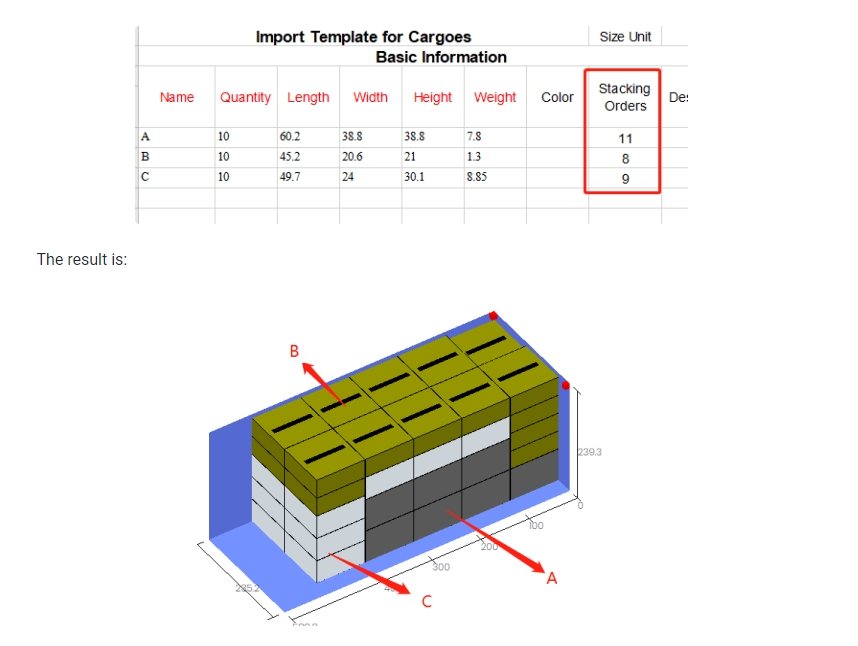
③Parameter “Stacking Code” can be set for items belonging to the same product lineup (eg. A and B are both TVs but have different SKUs.) and having same max stacking layers for themselves to restrict the total stacking layer when they pile up together. (eg. In most cases, TVs can be stacked for 3-5 layers.)

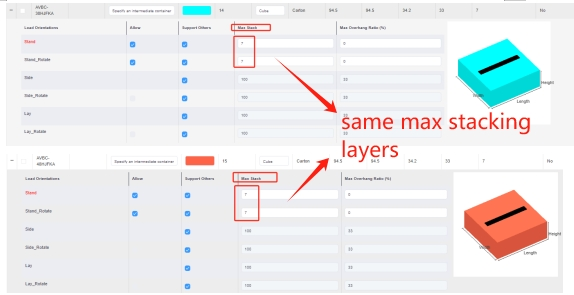

2.Difference of packaging style for different products
Some items are packaged in cartons then loaded into containers, others are packaged into cartons first, then on pallets and last loaded into containers. Using slip sheets can help increase container utilization rate with the help of push-pull forklift. When it comes to mixing cartons and palletized cargoes, “Two steps loading” task type can integrate both palletization and containerization in one loading solution.

3.Some products would be disassembled into different parts and then shipped, so the quantity of different parts should be in a certain ratio.(eg. Air conditioners are usually shipped in the form of outdoor units and indoor units. The ratio of outdoor units and indoor units is 1:1.) Set these parts belong to a same set and then define the quantity of them in one set.

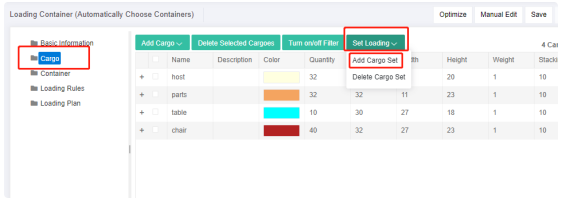
4.Household appliances products are usually shipped in large volumes.
①These products may come from different warehouses or suppliers. So the loading of these products has a sequence. Parameter “Loading Sequence” can let users define the loading order of different items. The larger the value, the earlier the cargo will be loaded.

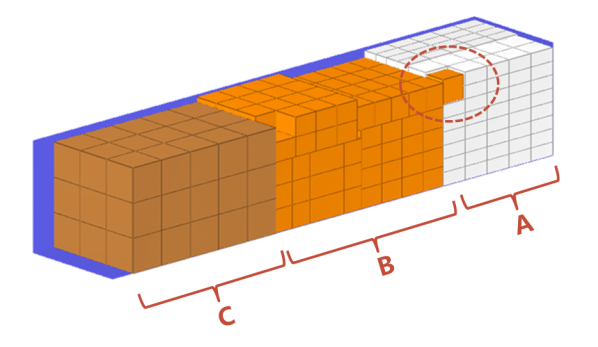
②For the convenience of organizing items before container loading, same SKU products can be placed together by setting “Place the same cargoes next to each other”.

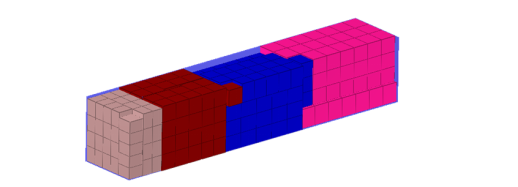
5.Some items are to be loaded directly into containers. Some are to be palletized first and then containerized. And in many cases, palletized items would be mixed with cartons to load. In such case, “Two-steps loading” can realize the integration of palletization and containerization.

6.If the container is not full, some certain item can be regarded as not-urgent-to-load so their quantity depends on the rest remaining space in container. In this case, users can set the urgency of this item as 1. And then where there is remaining space, there will be such item to be loaded.
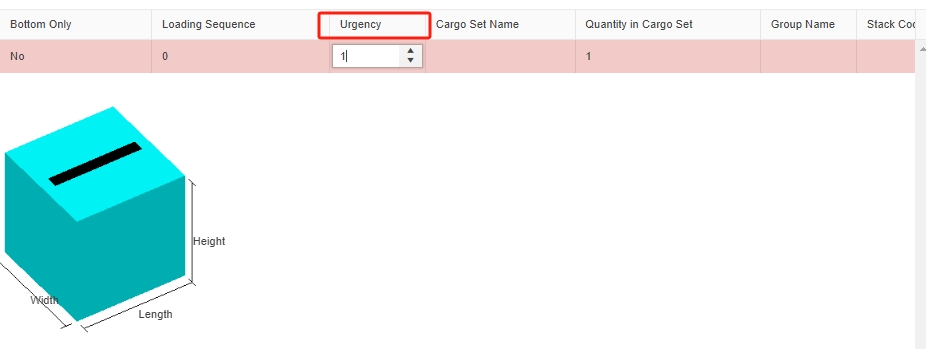
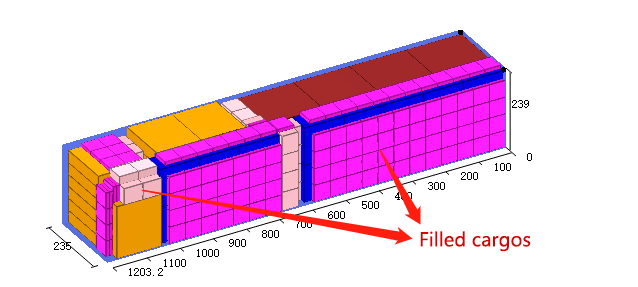
7.LoadMaster truck loading software’s “group” feature ensures that cargoes within the same group are preferably not split across multiple containers, and cargoes from different groups are preferably not mixed within the same container.
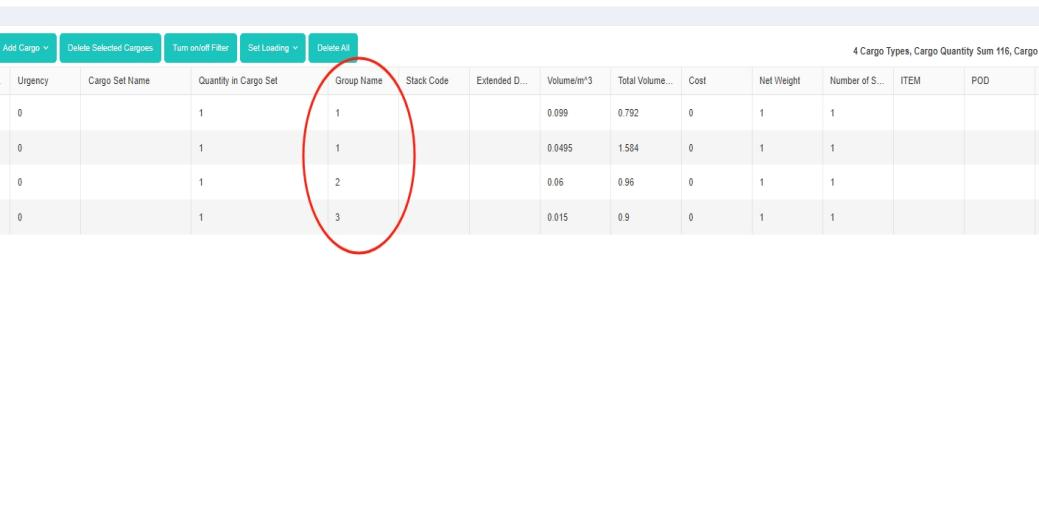
8.LoadMaster software is the only one in the world to provide the option slip sheets for users to select, which helps businesses significantly increase container utilization rate and reduce shipping costs.
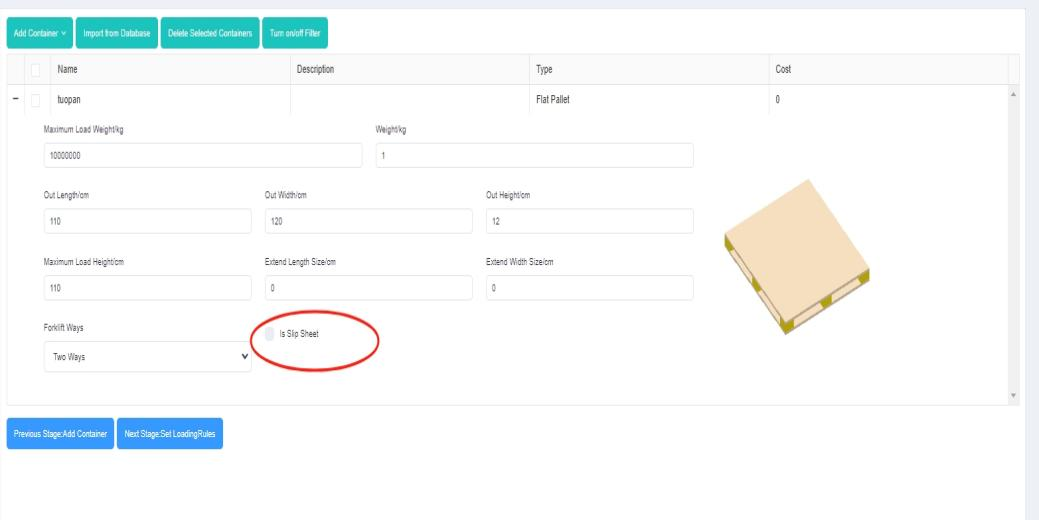
LoadMaster container loading software employs advanced algorithms to intelligently select the most suitable pallet and container types, maximizing the utilization of pallet and container space.
Are you one of the household appliances or electronics industry? Do you have the same trouble?
Then don’t hesitate but have a try at http://loadmaster.biz! You will be amazed by LoadMaster’s powerfulness! Don’t miss the 30-day full-featured free trial!